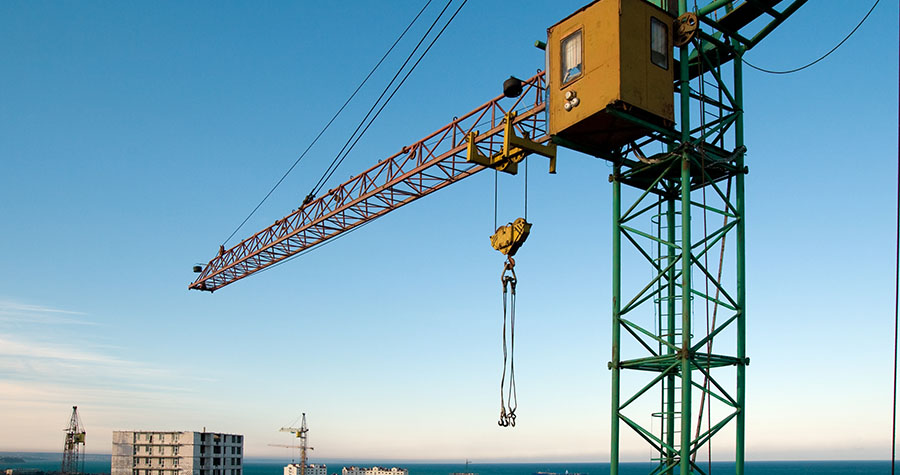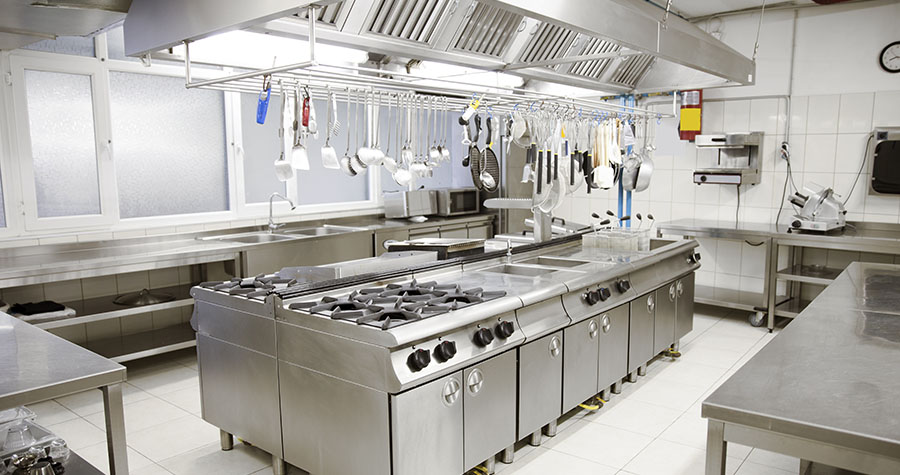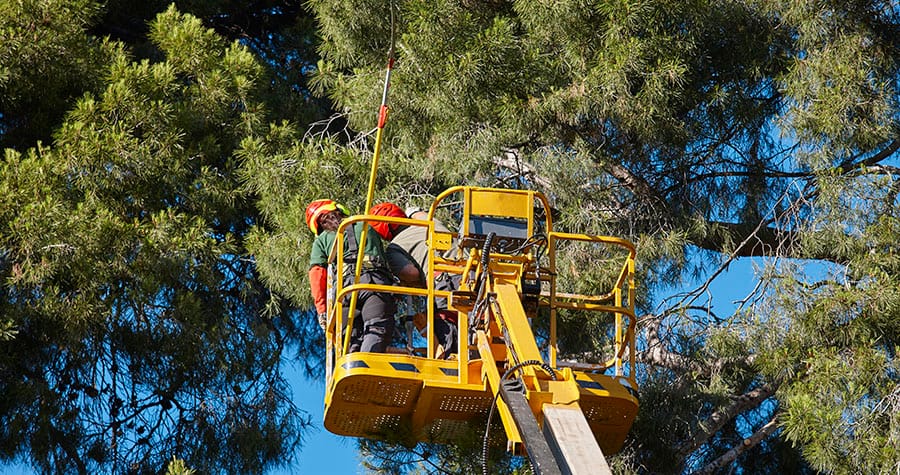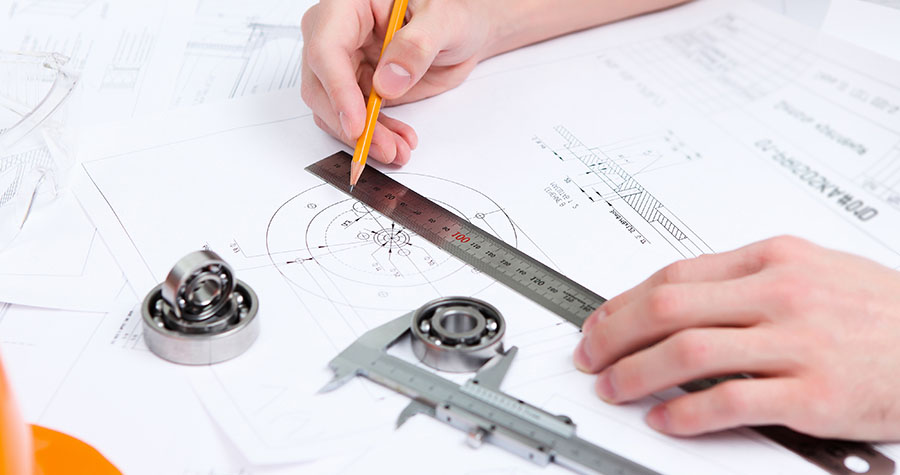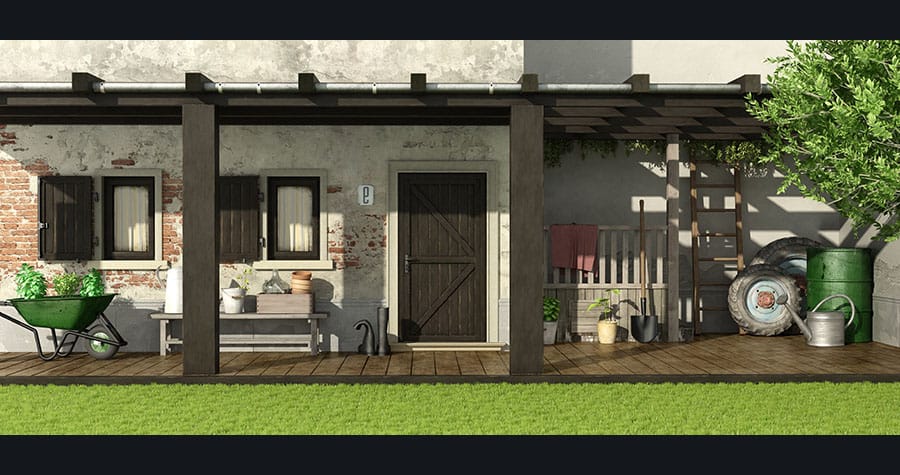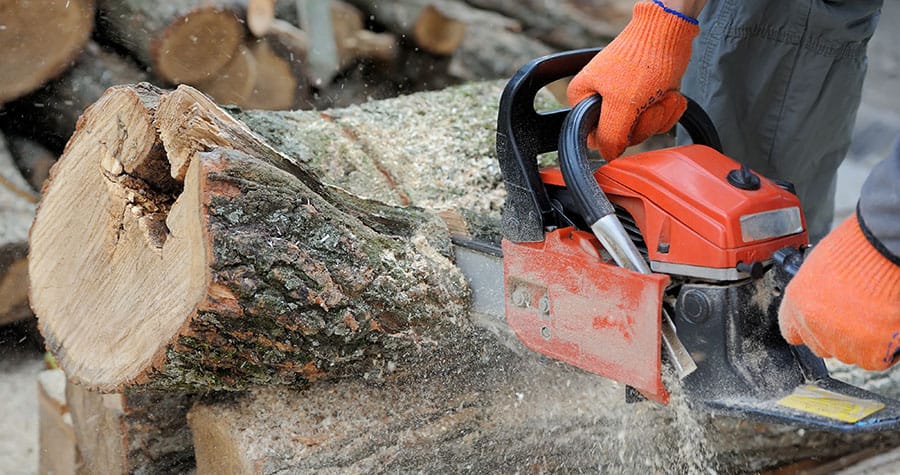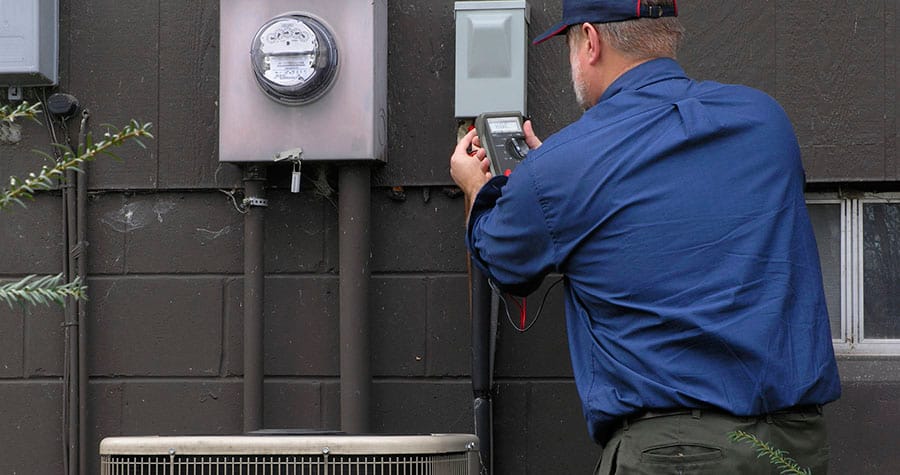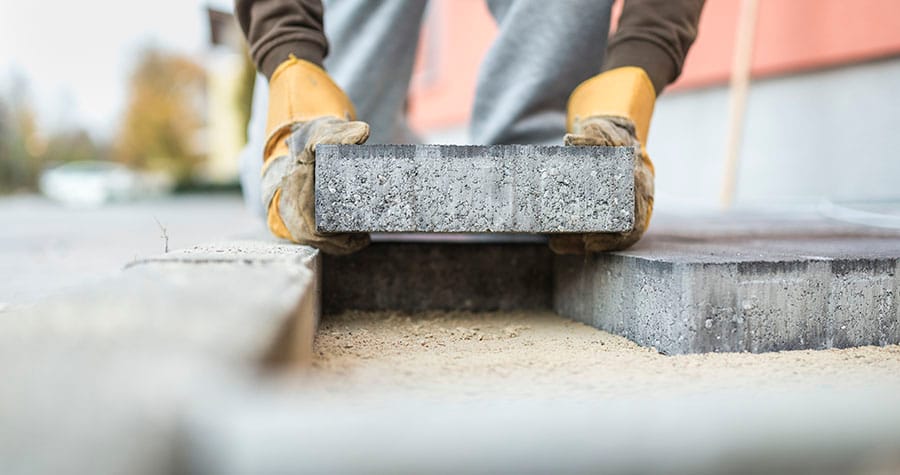When you are looking to undertake crane rigging you need to be cautious of how you go about it as doing it the wrong way would result in accidents. You can even damage the crane you are using. To help you out, here are tips you should consider when rigging:
Hitch the load correctly
Everything begins here. If you hitch the load incorrectly, everything will go wrong. There are many ways in which you can hitch a load. The most common ones are:
Single vertical hitch: You use this method when the load has a single attachment point. You should note that there is a tendency of the load rotating; therefore, you should have a tagline in place.
Choker hitch: Here you wrap the sling around the load. You loop one end of the sling through the other end. You can also attach it to a sliding choker hook. For you to choose this technique, ensure that the load is large enough to prevent kinking or crimping of the fittings or cling.
You can use single or double choker hitches. When using double choker hitches, ensure that the hook openings face out from the center of the load.
Basket hitch: You use this method when the load has an opening for the sling to be passed through. The load should also be properly balanced, and it shouldn’t slip.
Bridle hitch: Use this method when there are two or more attachment points on the load. Regardless of the number of legs on the load, use only two. Use the other legs for balance. For you to keep the load balanced, take close measurements of the length of sling legs.
Your choice of the hitching method should be informed by the type of load you have. If you aren’t sure of the right method to go with, ask a professional to guide you through.
Observe safety precautions
Do you want to be safe when rigging? Then be cautious when lifting. For you to be safe when rigging you need to:
Avoid shock loading: You are said to have shock loaded the crane when you lift the load abruptly. Shock loading applies dynamic forces that exceed the static weight that you are lifting. In addition to this resulting in damage to the sling, it can also lead to damage to the crane. For you to be safe you should lift the load slowly.
Protect the sling from sharp corners: Plenty of accidents have been reported when slings are cut by sharp corners. For you to protect yourself you should protect the slings from the sharp corners. You can do this by padding the corners. If you can, avoid placing the slings on the sharp corners.
Don’t pull the sling from under the load: This is to prevent excessive wear of the sling. Doing so also prevents potential recoil of the sling. When dropping the load, place it on an elevated surface so that you can comfortably pull the sling without wearing it out.
Don’t twist or knot the sling: You must have come across situations where people shorten the sling by twisting or making a knot on it. This is wrong. While you might have the impression that you make the sling stronger by doing so, it actually makes it weaker which puts you at the risk of accidents.
Be cautious when using safety latches: While safety latches are necessary for safe lifting, you shouldn’t go for any latches you come across. As rule of thumb, you shouldn’t use distorted or bent latches. When using the latch, always ensure that the bearing is against the bottom of the latch.
Store the slings properly: How you store the slings has a great impact on your safety. Improperly stored slings are not only ugly to look at, they also tear easily. Store the pieces in a cool, dry place that is free from corrosive substances.
Properly signal the crane operator
When you hire the crane from crane rentals VA, you also should ask them to supply you with a professional who will properly signal the crane operator. This is to allow the operator to easily lift the load and place it at the right location.
As rule of thumb, ensure that the signaling assistant has the right qualifications and experienced enough. The last thing you want is a person who will cause more chaos at the work site.

